Mazda CX-5 Vs Toyota RAV4: Which One Is Right For You?
Who wins the compact crossover battle?
The compact crossover is one of the biggest segments in North America, with many top-selling models. As the segment grows and sales rise, automakers are constantly working to make their vehicles better than the competition. This never-ending conquest to create better compact crossovers leads to a steady improvement of the vehicles. That is good for buyers, but it can make the purchasing decision a tough one.
Get a Quote on a New Mazda CX-5 or Toyota RAV4To help sort out the intricacies of the compact crossover segment, here is a look at the Toyota RAV4 and the Mazda CX-5. The RAV4 is a top-seller in North America, but the CX-5 beats it in many key areas. Below, we look at the many ways in which the Mazda outshines the Toyota.
Power Train & Driving Feel
The Mazda CX-5 is powered by a naturally aspirated Skyactiv-G 2.5-litre four-cylinder engine that delivers 187 horsepower and 186 lb-ft of torque. The Toyota RAV4 also features a naturally aspirated 2.5-litre engine, offering 203 horsepower and 184 lb-ft of torque. That torque advantage for the CX-5 provides better acceleration from a stop and through the mid-range, as when picking up speed to pass another vehicle on the highway. That extra torque also contributes to a significantly higher towing capacity, as the CX-5 is capable of pulling up to 907kg while the RAV4 will only tow 680kg.
Where the Mazda CX-5 really stands apart from the Toyota RAV4 is in the availability of the premium turbocharged engine. This is the engine for anyone who really loves to drive, with this powerful mill creating an exhilarating experience that is hard to match in the segment. The Skyactiv-G 2.5 T engine with the Dynamic Pressure Turbo packs up to 250 horsepower and up to 320 lb-ft of torque when using premium fuel, providing far more power and far greater acceleration than the RAV4, which lacks a premium engine option.
The power from the Mazda CX-5 is sent to the wheels by means of a six-speed automatic transmission while the Toyota RAV4 relies on an eight-speed automatic transmission. Some drivers might prefer the feel and function of a six-speed over an eight-speed, with fewer shifts during normal driving situations. More importantly, premium CX-5 models come with steering wheel mounted paddle shifters, allowing for a more engaging driving experience. These paddles were originally introduced years ago on purpose-built race cars, allowing drivers to keep their hands on the wheel during a race. On modern street vehicles, these paddle shifters provide some fun-to-drive factor while also giving the driver more control over gear selection.
SEE ALSO: Mazda CX-5 vs Subaru ForesterIn addition to the extra torque, the Mazda CX-5 has the G-Vectoring Control Plus system, which helps to create a smoother, more comfortable ride in every situation. When cornering, this system applies gentle brake force to the outside wheels to control weight transfer and improve stability. When coming out of that corner, the system applies unique acceleration forces to each wheel, helping to keep the vehicle smooth and stable as the driver accelerates away from a turn.
The Mazda CX-5 is a bit shorter and narrower than the RAV4, making it easier to park in garages and other tight spaces, but while it is shorter overall, the CX-5 has a longer wheelbase. More distance between the wheels leads to smoother, more comfortable ride while a noise-isolating windshield and side windows help the Mazda deliver a surprisingly quiet ride.
Finally, the Mazda CX-5 has a larger fuel tank than the Toyota RAV4, allowing you to go further between stops for gas. That makes the CX-5 a great vehicle for long family trips.
Technology and Features
Every version of the Mazda CX-5 comes standard with an eight-inch-wide colour infotainment display screen. The Toyota RAV4 is available with an eight-inch screen, but it is not standard on all models. Also, Toyota does not offer the convenient HMI Commander system, which uses a knob mounted on the shift column, just beyond the end of the centre arm rest. When the driver of the CX-5 has their elbow on the centre arm rest, the controls for the infotainment system are right at their fingertips. There is no need to reach up to the touchscreen to change the radio station or volume, as the HMI Commander handles that all from the base of the centre console. Not only is it convenient, but it also presents a very premium feel, as these console-mounted infotainment control systems have become a mainstay of many luxury brands.
The other Mazda CX-5 feature that you cannot get in the Toyota RAV4 is the Windshield-Projected Active Driving Display, more commonly known as a Heads-Up Display. A feature borrowed from the world of high-priced luxury sedans, the Mazda Heads-Up Display provides a myriad of information that the driver would normally get from the gauge cluster, but this system allows the driver to keep their eyes on the road. This system displays vehicle speed, the local speed limit, instructions from the turn-by-turn navigation system and information from the i-Activsense driver assistance systems such as Blind Spot Monitoring, Radar Cruise Control, Lane Keep Assist and Smart Brake Support.
If you live in an area that gets a great deal of rain or snow, the Mazda CX-5 has another advantage over the RAV4 in the form of rain-sensing windshield wipers. These are standard for the CX-5 on all trims, but are only available on the RAV4 from the XLE FWD trim and up.
Safety
All Mazda CX-5 models feature the i-Activsense full suite of driver assistance technology, including Advanced Blind Spot Monitoring, Rear Cross Traffic Alert, Mazda Radar Cruise Control with Stop&Go, Smart City Brake Support, Lane keep-Assist, Driver Attention Alert and the 360- degree View Monitor with front and rear parking sensors. The RAV4 also offers many of those systems, but where the CX-5 stands apart from its competition from Toyota is in the offering of the Driver Attention Alert system.
SEE ALSO: Mazda CX-5 vs Honda CR-VWhen you have been driving for more than 20 minutes at speeds over 65 km/h, this system tracks your driving behaviour and uses a combination of sensor and camera inputs to watch for changes in your driving. Those changes are often due to fatigue, so when the system notices a change in behaviour, or if the driver has been at it for more than two-straight hours, the CX-5 will suggest that the driver stop for a break. This is another great tool for those drivers who plan to use their new SUV for long trips, helping to keep everyone on the road safer. An additional safety advantage the CX-5 has is the Adapting Front Lighting System (AFS) that allows the headlights to move with the direction the vehicle turns, letting the driver spot potential hazards better.
Interior and Cargo Space
Both the CX-5 and RAV4 feature loads of interior space, but the Mazda has the advantage in a few key areas. Most noticeably, the CX-5 offers more front headroom and more front legroom, so taller drivers will be much more comfortable in the Mazda.
The CX-5 also has an advantage in rear legroom, making the most of the longer wheelbase and creating a cabin that is more comfortable for all passengers. The rear seats even recline, adding comfort for long drivers that you can’t get with the RAV4. When it comes it interior design, the CX-5 offers a noticeably higher level of craftsmanship in its Signature trim level featuring Nappa leather and genuine Abachi wood trim.
Styling
The Mazda CX-5 features the Kodo design language, which focuses on simplicity. Where the Toyota RAV4 has a very busy front end with an array of vents and openings, the CX-5 has a much cleaner look with the large central grille opening dominating the landscape.
The sides and rear of the RAV4 are more angular and broken up for a very hard-edged design. The CX-5, on the other hand, has a very fluid design, lacking any unnecessary lines, moldings or angles to break up that flow.
Pricing
The CX-5 and RAV4 are priced similarly across the model range, but the Mazda SUV offers a lower price point on the entry all-wheel-drive model. If all-wheel-drive is a must, the CX-5 offers more standard content with the winter-friendly traction system for less money than the Toyota.
Verdict: Mazda CX-5 vs Toyota RAV4
If you are looking for a compact crossover that offers a turbocharged fun-to-drive factor, the Mazda CX-5 is the clear choice here, as the RAV4 offers no such engine. If you aren’t concerned with that extra power, the competition is a bit tighter, but the CX-5 still has a clear advantage in interior technology, safety features and passenger space. If you are specifically shopping for an all-wheel-drive model, the CX-5 also offers a pricing advantage over the RAV4, in addition to having all of the unique features mentioned above.
Patrick Rall has been covering the automotive industry for over a decade, but was born into car culture. Having grown up in his father's performance shop, he spent extensive time at the track, driving and wrenching on various types of vehicles.
More by Patrick Rall



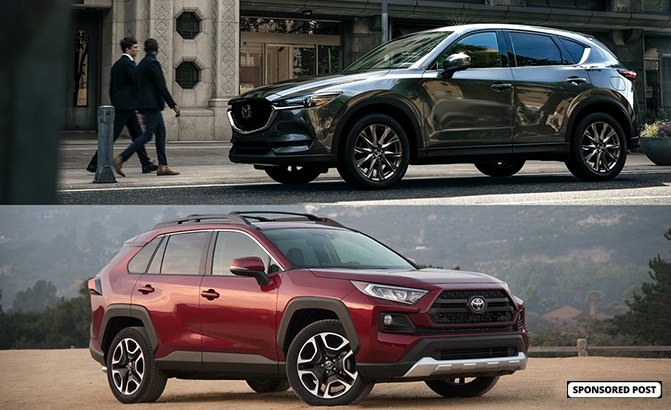

























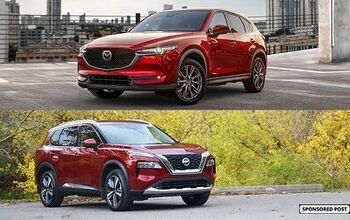

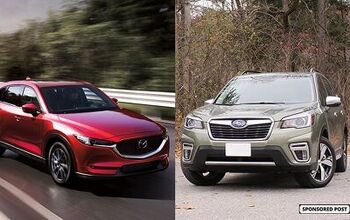
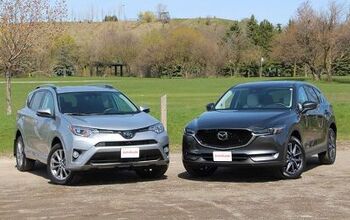



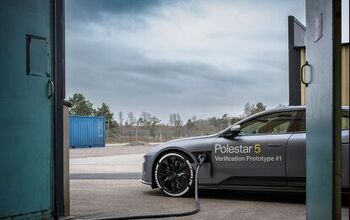
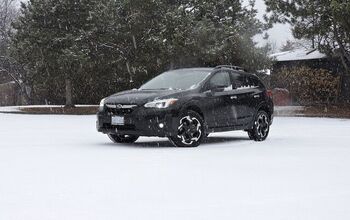



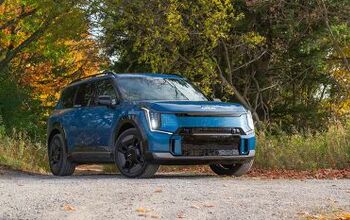

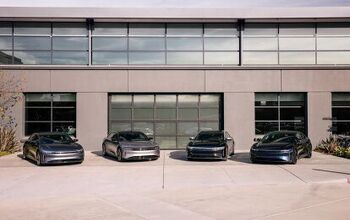
Comments
Join the conversation